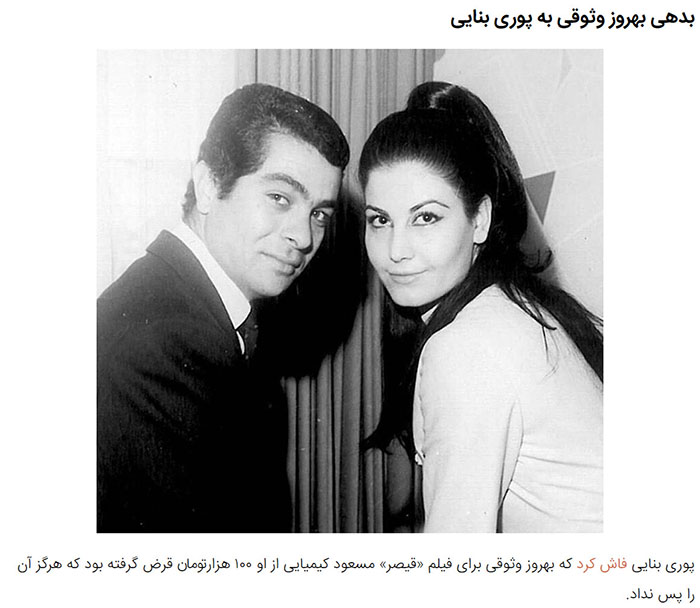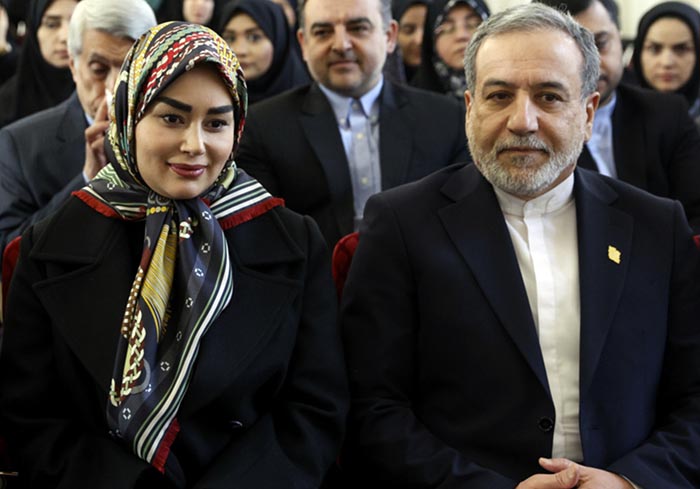Biography of Puri Banai: The Untold Story of Betrayal, Success, and Love
The International Impact of Puri Banai’s Work
The biography of Puri Banai also includes her contributions to international cinema, which added another dimension to her career. During her time, Iranian cinema began collaborating with filmmakers from other countries, producing films that had a broader appeal. Puri was involved in several such projects, including co-productions with countries like the United States, France, Turkey, and Japan.
Among these international collaborations, “Missile X: The Neutron Bomb Incident” stands out. Directed by Leslie H. Martinson, it was an American action film in which Puri starred alongside Peter Graves. This was a significant achievement, as it introduced her to audiences outside of Iran, expanding her appeal beyond borders. Her roles in these international projects demonstrated her adaptability, allowing her to transcend cultural and linguistic barriers and proving that her acting could resonate with a global audience.
The Turkish collaborations, too, were important in establishing cultural ties through cinema. Puri’s work in Turkish films helped bridge Iranian and Turkish cinema during a time when both industries were exploring ways to connect with larger audiences. These films were often shot in both Persian and Turkish languages, allowing Puri to showcase her linguistic versatility, which further highlighted her skill as an international performer.
Puri Banai’s Impact on Female Representation in Cinema
The biography of Puri Banai also signifies her role in influencing female representation on screen during a transformative period for Iranian women. In an era when female roles in films were often limited to supportive or romantic interests, Puri brought depth to her characters that allowed them to stand on equal footing with their male counterparts. Her characters were not just love interests or plot devices; they were individuals with their own motivations, fears, strengths, and flaws.
Puri Banai’s presence in cinema during the 1960s and 1970s coincided with a time of great social change in Iran. Women were becoming more visible in public life, and this shift was slowly being reflected in Iranian cinema. Through her roles, Puri portrayed women who were independent, sometimes conflicted, but always dignified. She played mothers, lovers, and sisters, but her characters were always more than the roles they occupied—they were nuanced, with rich inner lives that gave audiences a glimpse into the multifaceted nature of womanhood. By doing this, Puri played a crucial role in evolving the narrative surrounding women in Iranian cinema.
Puri Banai’s Life After Cinema and Lasting Legacy
The post-revolution period in Iran was marked by significant changes in the arts, and many actors and filmmakers faced restrictions on their work. The biography of Puri Banai illustrates her resilience during this time, as she navigated the uncertain environment of post-revolution Iran. Though she faced interrogations and was called to Evin Prison, she emerged without a formal ban, yet she made a personal decision to step away from her career in cinema.





